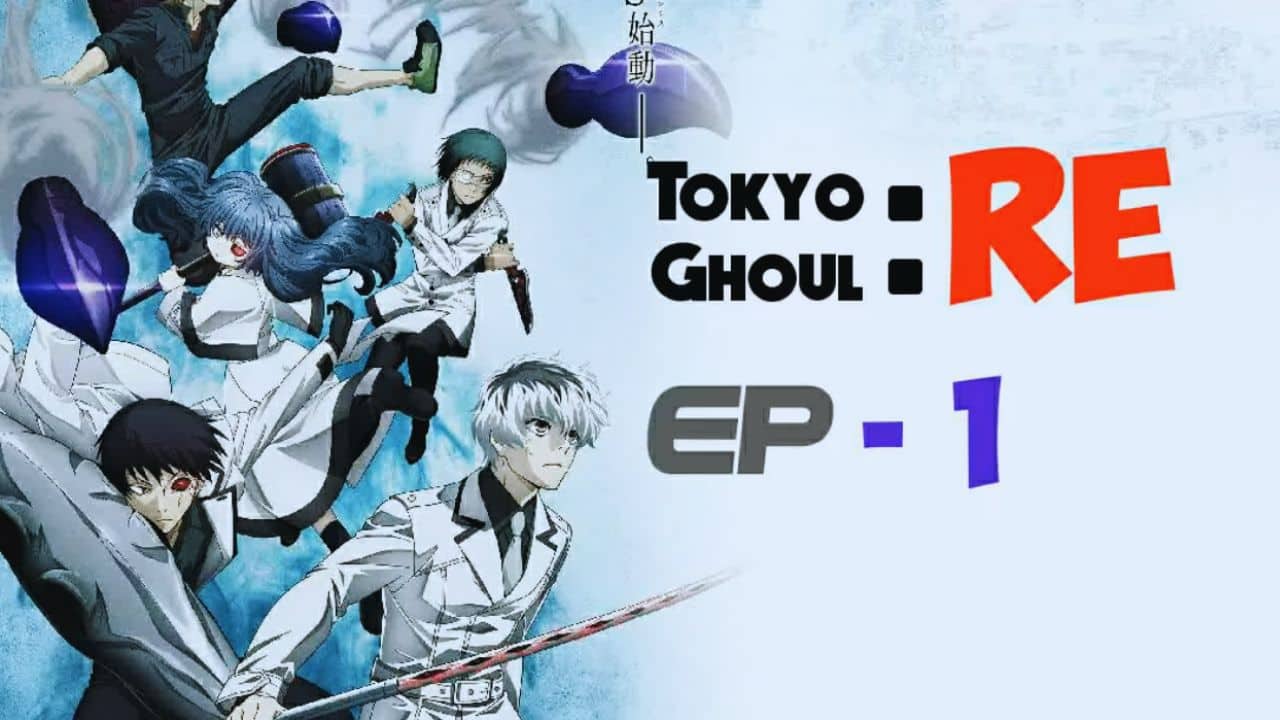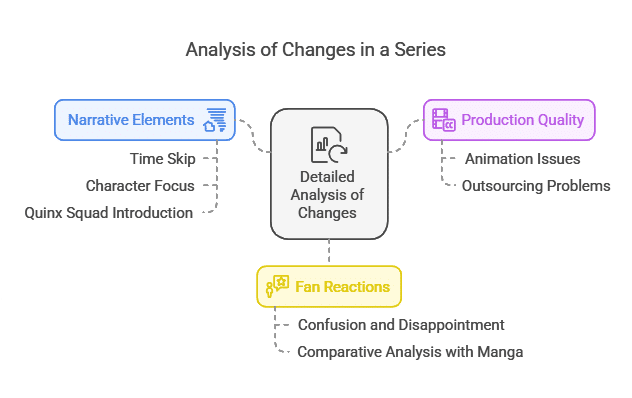When Tokyo Ghoul:re (season 3 of Tokyo Ghoul) was released, fans noticed major differences from the original two seasons.
This led to widespread discussion: why did season 3 of Tokyo Ghoul change so drastically? The shift in animation style, storyline, and character development left many viewers surprised and even frustrated.
Season 3 of Tokyo Ghoul, titled Tokyo Ghoul:re, marked a significant shift in the series, both in terms of narrative direction and production quality. This change stemmed from various factors, including the adaptation of new source material, production challenges, and a shift in storytelling style, which left many fans divided.
The transition from the original Tokyo Ghoul and its sequel season, Tokyo Ghoul √A, to Tokyo Ghoul:re introduced a two-year time skip and a new protagonist, Haise Sasaki, who is a reimagined version of Ken Kaneki. This abrupt change confused many viewers who were left wondering about the fate of beloved characters and the story’s continuity. The new season aimed to adapt the Tokyo Ghoul:re manga but faced criticism for its pacing and coherence, leading to mixed reviews from fans and critics alike.
Why Did Season 3 of Tokyo Ghoul Change?
The changes in Tokyo Ghoul season 3 were due to multiple reasons, including a new director, deviations from the manga, and the challenge of condensing a complex story into limited episodes.
One of the biggest factors was the shift in creative direction. Studio Pierrot, which produced the anime, brought in a new team that took a different approach compared to the earlier seasons. This led to changes in animation style, pacing, and even how key events were adapted.
Additionally, season 3 was based on Tokyo Ghoul:re, the sequel manga, which had a complex storyline. Instead of carefully transitioning from season 2, the anime introduced a time jump without properly explaining Kaneki’s transformation into Haise Sasaki. This left fans confused, as many important plot points from the manga were either skipped or rushed.
The Context of Change
Narrative Shift
The narrative shift in Season 3 was primarily due to the introduction of the Tokyo Ghoul:re storyline from the manga. This storyline features Haise Sasaki, a character who has lost his memories of Kaneki.
The series delves into his role as a mentor to the Quinx Squad, a group of half-ghouls who hunt ghouls while grappling with their own identities. This change was meant to refresh the series but resulted in confusion due to its departure from established character arcs and relationships.
Production Challenges
The production of Tokyo Ghoul:re faced significant challenges that impacted its quality. Studio Pierrot, known for its work on other popular series like Boruto and Black Clover, was criticized for overextending its resources.
Reports indicated that tight schedules led to inconsistent animation quality, with some episodes suffering noticeable dips in visual fidelity. Fans noted that this lack of attention to detail detracted from their viewing experience.
Reception and Statistics
The reception of Tokyo Ghoul:re was polarized. While some praised its action sequences and character development—particularly for Haise Sasaki and Urie—many criticized it for poor pacing and lack of depth for supporting characters.
According to viewership statistics, as of January 2025, Tokyo Ghoul ranked as the #1543 most popular show online with an engagement score of 0.25, indicating low viewer engagement compared to earlier seasons.
Detailed Analysis of Changes
Narrative Elements
- Time Skip: The two-year jump left many viewers disoriented as they struggled to understand character developments and plotlines that had evolved during this period.
- Character Focus: The shift from Kaneki to Haise as the central character altered the dynamics significantly. Many fans felt disconnected from this new lead due to a lack of backstory and emotional connection.
- Quinx Squad Introduction: The introduction of the Quinx Squad added complexity but also diluted focus from established characters like Kaneki, Touka, and others.
Production Quality
- Animation Issues: Viewers reported a decline in animation quality compared to previous seasons. Critics pointed out that episodes appeared rushed or poorly executed visually.
- Outsourcing Problems: With episodes being outsourced to other studios due to budget constraints, inconsistencies became apparent in animation styles and overall presentation.
Fan Reactions
- Confusion and Disappointment: Many fans expressed confusion over plot developments that seemed abrupt or poorly explained. Discussions on forums highlighted frustrations regarding character fates and unresolved story arcs from prior seasons.
- Comparative Analysis with Manga: Fans familiar with the manga noted significant deviations in plot structure and character development, leading to dissatisfaction with how key elements were adapted or omitted entirely.
Takeaways
So, why did season 3 of Tokyo Ghoul change so much? The shift in creative direction, time constraints, and deviations from the manga all played a role in making Tokyo Ghoul:re feel different from its predecessors.
While some fans appreciated the new direction, many were disappointed by the rushed storytelling and missing details. Ultimately, season 3’s changes left a lasting debate among Tokyo Ghoul fans about the adaptation’s execution.









































